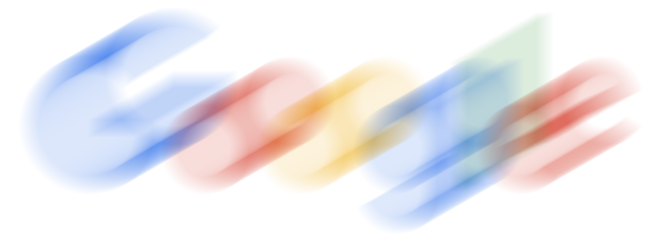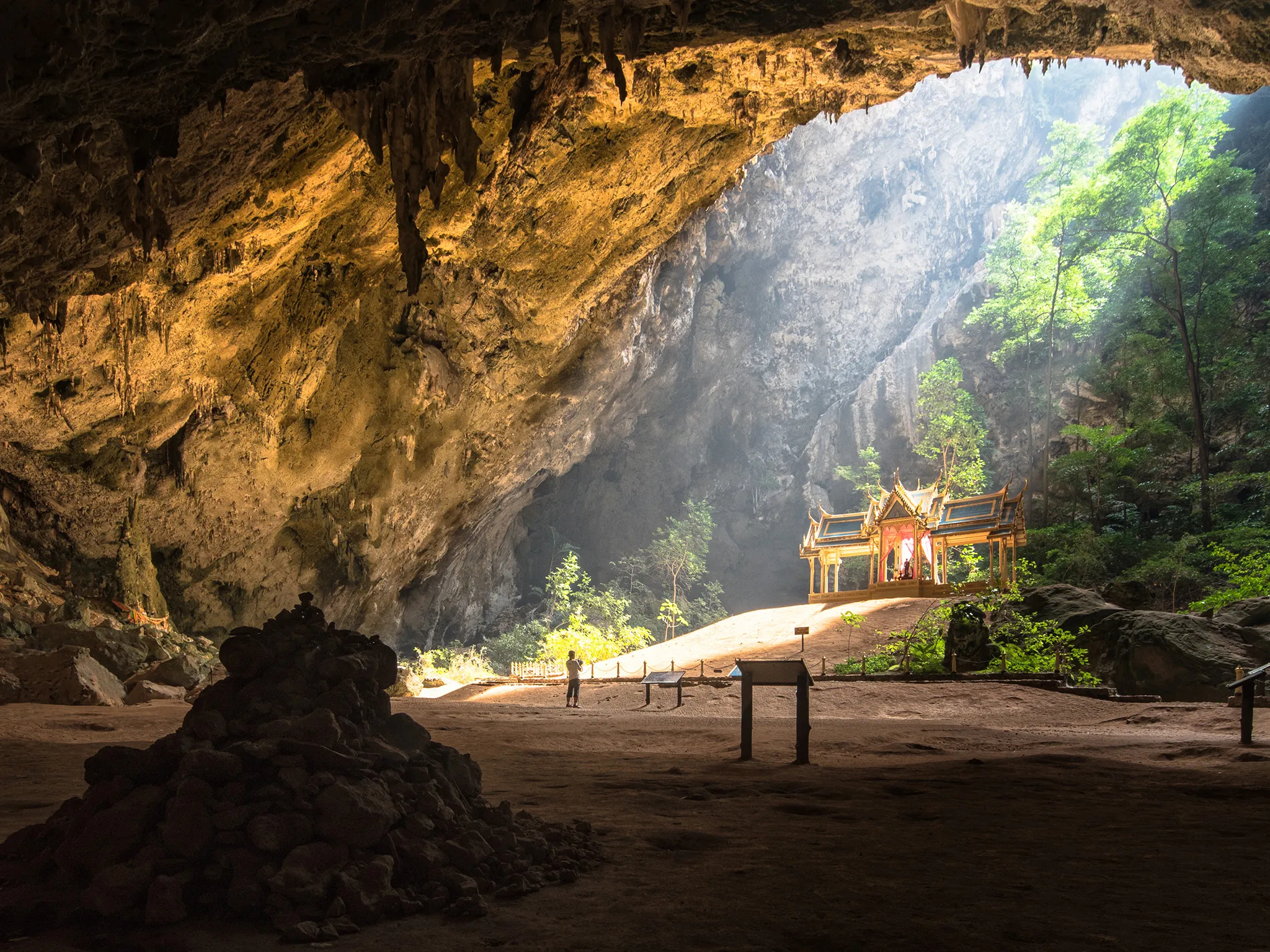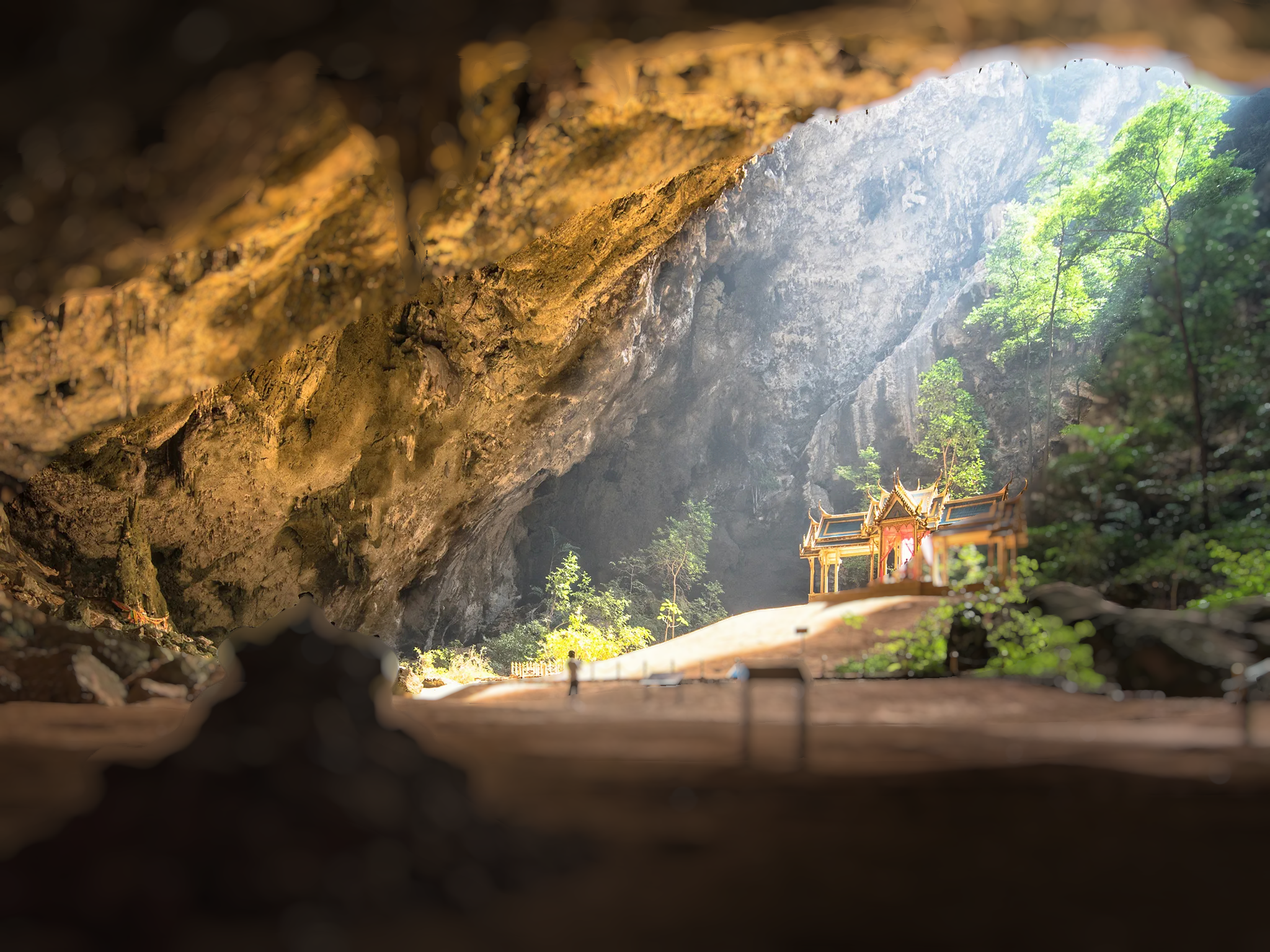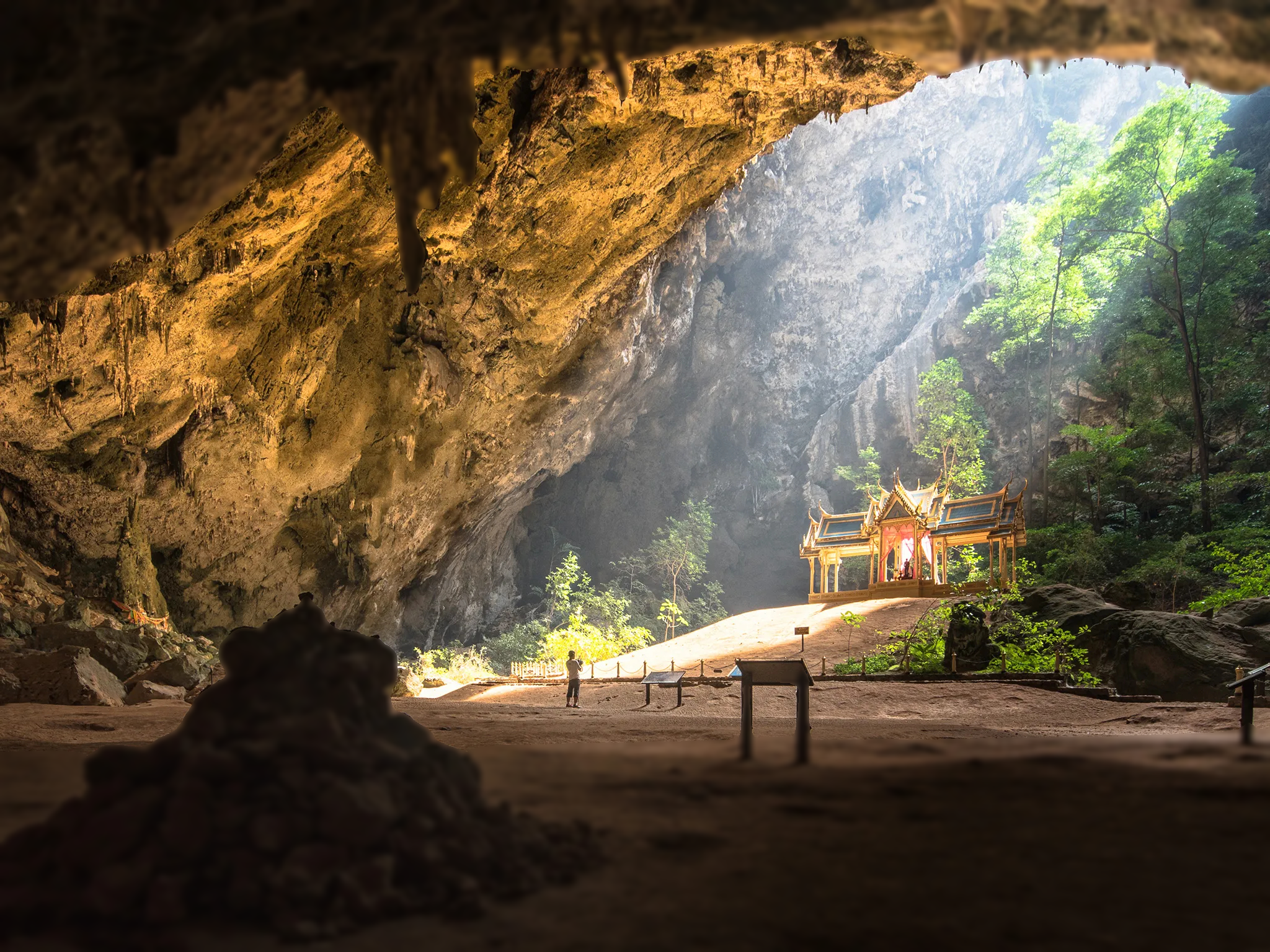Fast generate blur image.
Project description
Blur Generator
This tool is for generating blur on images.
There are 3 types of blur modes of motion, lens, or gaussian.
We can use the results on model training or something else.
Installation
pip install blurgenerator
Check it on Pypi.
Usage
blurgenerator --help
usage: blurgenerator [-h] [--input INPUT] [--input_depth_map INPUT_DEPTH_MAP] [--output OUTPUT] [--type TYPE] [--motion_blur_size MOTION_BLUR_SIZE] [--motion_blur_angle MOTION_BLUR_ANGLE] [--lens_radius LENS_RADIUS] [--lens_components LENS_COMPONENTS]
[--lens_exposure_gamma LENS_EXPOSURE_GAMMA] [--gaussian_kernel GAUSSIAN_KERNEL] [--depth_num_layers DEPTH_NUM_LAYERS] [--depth_min_blur DEPTH_MIN_BLUR] [--depth_max_blur DEPTH_MAX_BLUR]
Size for motion blur. Default is 100.
--motion_blur_angle MOTION_BLUR_ANGLE
Angle for motion blur. Default is 30.
--lens_radius LENS_RADIUS
Radius for lens blur. Default is 5.
--lens_components LENS_COMPONENTS
Components for lens blur. Default is 4.
--lens_exposure_gamma LENS_EXPOSURE_GAMMA
Exposure gamma for lens blur. Default is 2.
--gaussian_kernel GAUSSIAN_KERNEL
Kernel for gaussian. Default is 100.
--depth_num_layers DEPTH_NUM_LAYERS
Layer for depth blur. Default is 3.
--depth_min_blur DEPTH_MIN_BLUR
Min. blur for depth blur. Default is 1.
--depth_max_blur DEPTH_MAX_BLUR
Max. blur for depth blur. Default is 100.
Example and Result
Common use
- Original image
Usage
- Motion blur
blurgenerator --type motion --input ./doc/test.png --output ./doc/motion.png
import cv2
from blurgenerator import motion_blur
img = cv2.imread('test.png')
result = motion_blur(img, size=100, angle=30)
cv2.imwrite('./output.png', result)
- Lens blur
blurgenerator --type lens --input ./doc/test.png --output ./doc/lens.png
import cv2
from blurgenerator import lens_blur
img = cv2.imread('test.png')
result = lens_blur(img, radius=5, components=4, exposure_gamma=2)
cv2.imwrite('./output.png', result)
- Gaussian blur
blurgenerator --type gaussian --input ./doc/test.png --output ./doc/gaussian.png
import cv2
from blurgenerator import gaussian_blur
img = cv2.imread('test.png')
result = gaussian_blur(img, 100)
cv2.imwrite('./output.png', result)
With depth map
Feature from this issue.
- Original image
- Depth map
Usage
- Motion blur with depth map
blurgenerator --input .\doc\depth-test.jpg --type motion --input_depth_map .\doc\depth-map-test.png --depth_num_layers 5 --depth_min_blur 1 --depth_max_blur 50 --output .\doc\depth-motion-output.png
import cv2
from blurgenerator import motion_blur_with_depth_map
img = cv2.imread('test.jpg')
depth_img = cv2.imread('test-depth.png')
result = motion_blur_with_depth_map(
img,
depth_map=depth_img,
angle=30,
num_layers=10,
min_blur=1,
max_blur=50
)
cv2.imwrite('./output.png', result)
- Lens blur with depth map
blurgenerator --input .\doc\depth-test.jpg --type lens --input_depth_map .\doc\depth-map-test.png --depth_num_layers 3 --depth_min_blur 1 --depth_max_blur 50 --output .\doc\depth-lens-output.png
import cv2
from blurgenerator import lens_blur_with_depth_map
img = cv2.imread('test.jpg')
depth_img = cv2.imread('test-depth.png')
result = lens_blur_with_depth_map(
img,
depth_map=depth_img,
components=5,
exposure_gamma=5,
num_layers=10,
min_blur=1,
max_blur=50
)
cv2.imwrite('./output.png', result)
- Gaussian blur with depth map
blurgenerator --input .\doc\depth-test.jpg --type gaussian --input_depth_map .\doc\depth-map-test.png --depth_num_layers 3 --depth_min_blur 1 --depth_max_blur 50 --output .\doc\depth-gaussian-output.png
import cv2
from blurgenerator import gaussian_blur_with_depth_map
img = cv2.imread('test.jpg')
depth_img = cv2.imread('test-depth.png')
result = gaussian_blur_with_depth_map(
img,
depth_map=depth_img,
sigma=5,
num_layers=10,
min_blur=1,
max_blur=50
)
cv2.imwrite('./output.png', result)
Contributor
 Nat Lee |
LICENSE
Project details
Download files
Download the file for your platform. If you're not sure which to choose, learn more about installing packages.
Source Distribution
Built Distribution
Hashes for BlurGenerator-1.0.4-py3-none-any.whl
| Algorithm | Hash digest | |
|---|---|---|
| SHA256 | bfb7e919e52f527793b835065541cd6530c92624e78dfdf200faa80bf1077d43 |
|
| MD5 | 022aa2b4896fd027afe9539fc80faf0f |
|
| BLAKE2b-256 | 6d16b6b255ea6e326ef465ed62711127590daf1dda99ed26b26a9c86e5bda601 |






















